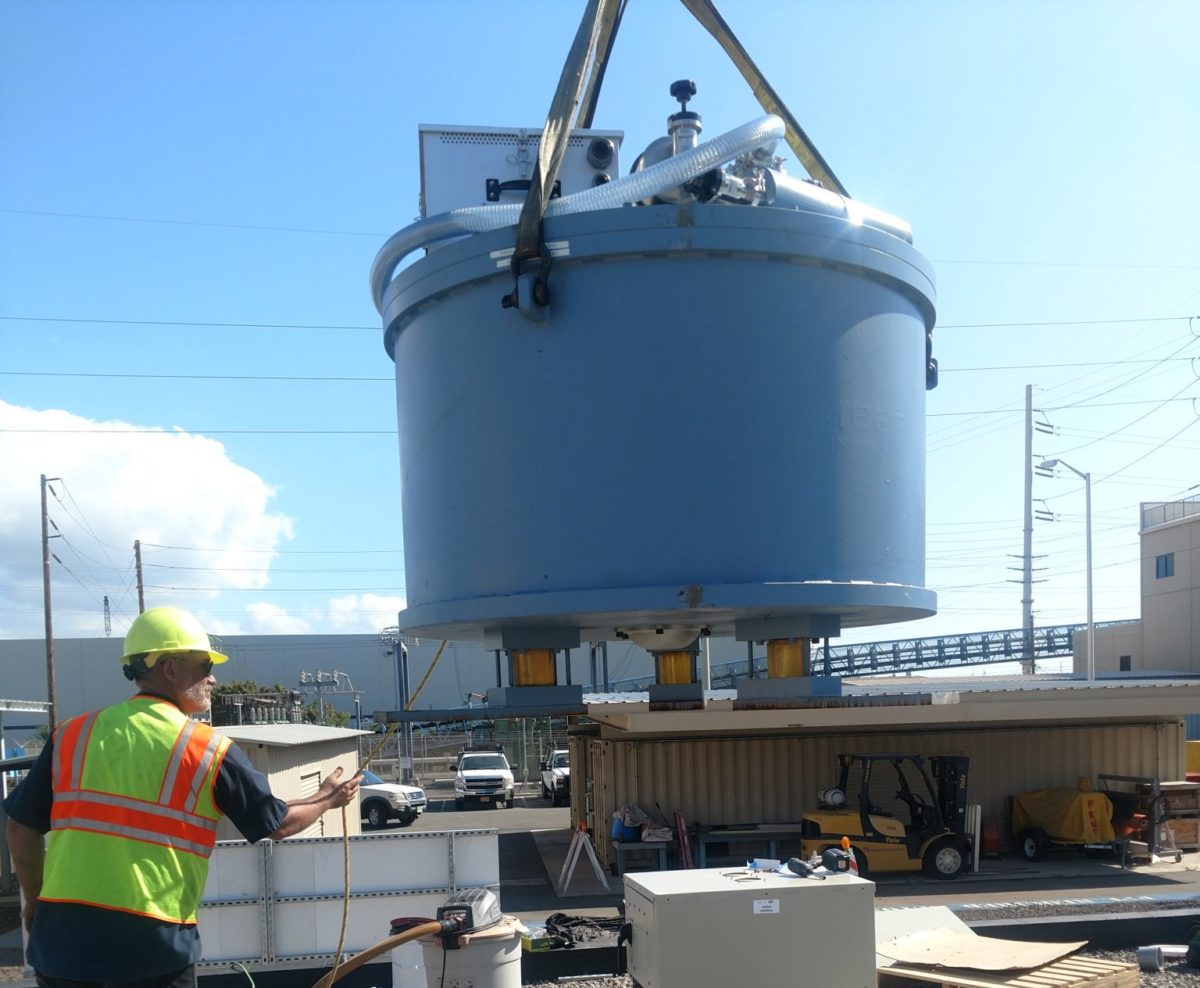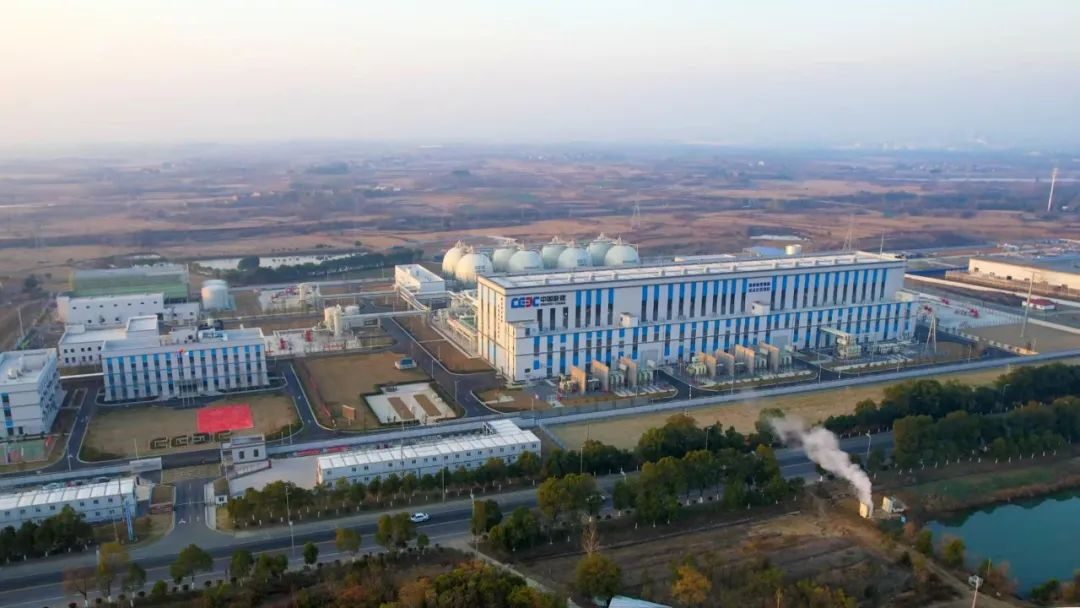A group of flywheel storage experts from De La Salle University and California-based Amber Kinetics has investigated potential opportunities and issues for the deployment of this storage technology in the Philippines.
“Flywheel energy storage systems can capitalize on storing energy during off-peak periods of the day and releasing them during peak usage periods,” researcher Roy Francis Navea told pv magazine. “In addition, aside from the basic electric energy source through the grid, the flywheel can also store energy from renewable sources like wind and solar. Hence, this technology fits a tropical country like the Philippines.”
The researchers describer their findings in “Challenges and Opportunities of Flywheel Energy Storage in the Philippines,” which was recently published in the International Journal of Emerging Trends in Engineering Research. They looked at how the landscape and geography of the country could affect the logistics of flywheel installations such as the M32 flywheels developed by Amber Kinetics, especially in off-grid areas.
The M32 system is a 5,000 kg, four-hour Kinetic Energy Storage System (KESS) flywheel technology. It can store 32 kWh of energy in a 2 ton steel rotor. It has a round-trip efficiency of 86% and can be stacked in series to reach capacities of hundreds of megawatts, according to the manufacturer.
“The use of steel, absence of hazardous chemicals in the flywheel’s operation, and low operating temperature also mean that there is a minimal risk of a chemical fire,” the researchers explained. “It can be cycled multiple times a day without suffering a degradation in its performance and can last more than 20 years without being replaced.”
Francis Navea said flywheel energy requires a big land area and in the course of development, there might be limited spaces to install and build these facilities, though, there are designs and some strategic proposals on how to position and allocate flywheel farms.
“In terms of its technical aspect, we are working on the analysis of the materials used in the flywheel capsules, the integration of its systems with other energy sources, and the link to modern digital electronics, and data analytics,” he also stated.
The research group is currently in the process of starting the finite element analysis of flywheels.
“The validation of their link to renewable energy sources is in its final stage,” he concluded.
This content is protected by copyright and may not be reused. If you want to cooperate with us and would like to reuse some of our content, please contact: editors@pv-magazine.com.




By submitting this form you agree to pv magazine using your data for the purposes of publishing your comment.
Your personal data will only be disclosed or otherwise transmitted to third parties for the purposes of spam filtering or if this is necessary for technical maintenance of the website. Any other transfer to third parties will not take place unless this is justified on the basis of applicable data protection regulations or if pv magazine is legally obliged to do so.
You may revoke this consent at any time with effect for the future, in which case your personal data will be deleted immediately. Otherwise, your data will be deleted if pv magazine has processed your request or the purpose of data storage is fulfilled.
Further information on data privacy can be found in our Data Protection Policy.